Nimaidō tōsei gusoku armor with Tokugawa crest
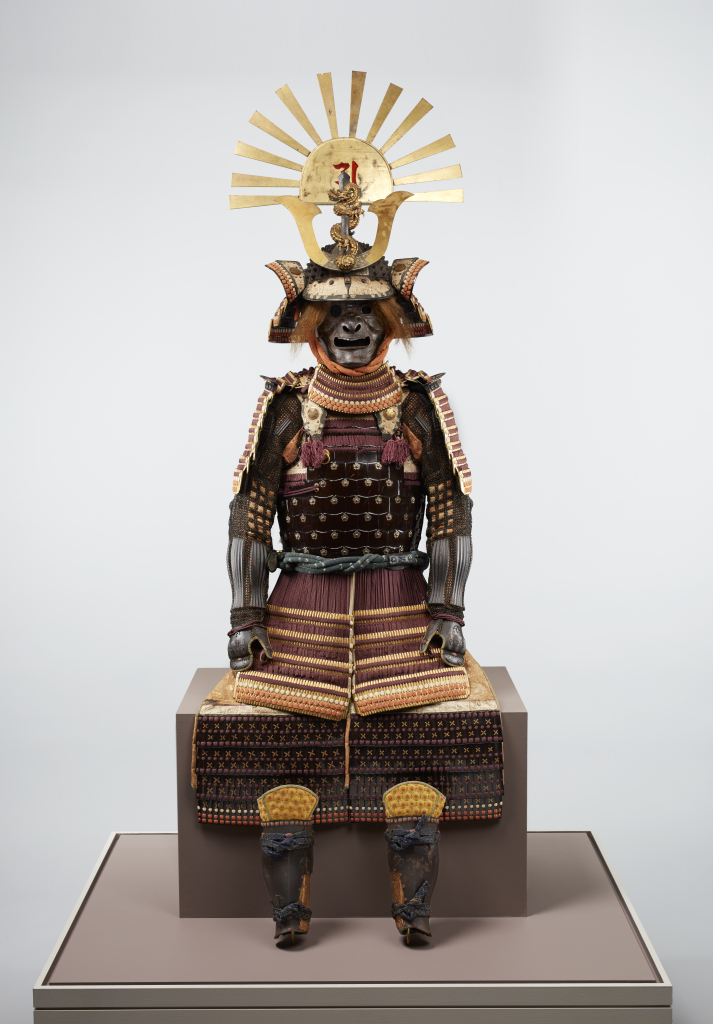
Myōchin Munemasa, Nimaidō tōsei gusoku armor with Tokugawa crest, completed by 1749, iron, copper alloys, leather, lacquer, silk, wool, bast fiber, hemp, silver, gold, shakudō, and horn, Museum Purchase: Asian Art Fund, public domain, 2012.120.1a-w
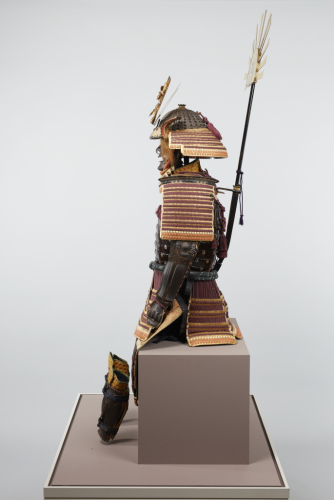
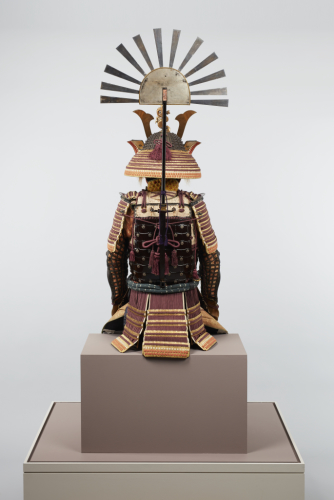
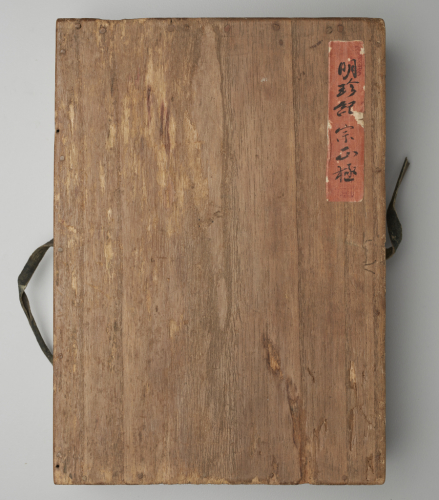
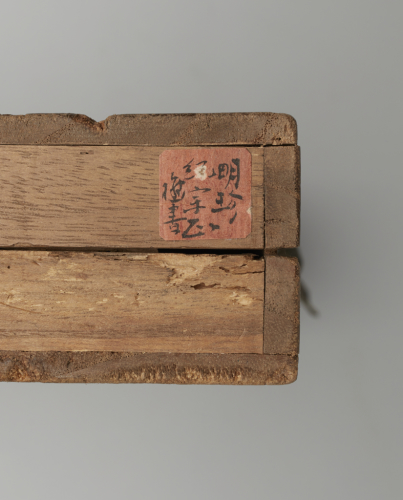
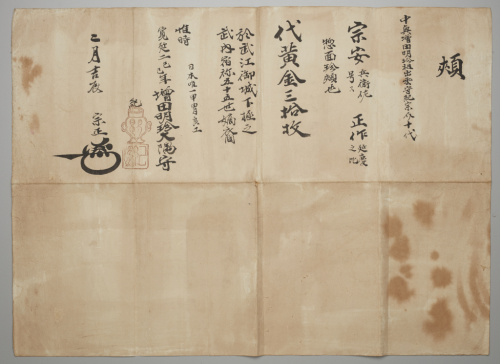
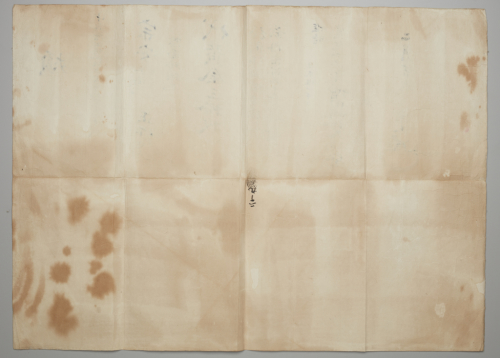
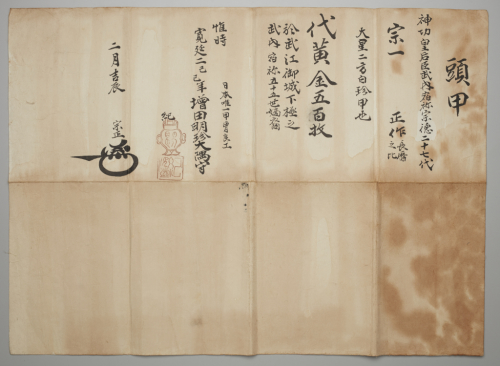
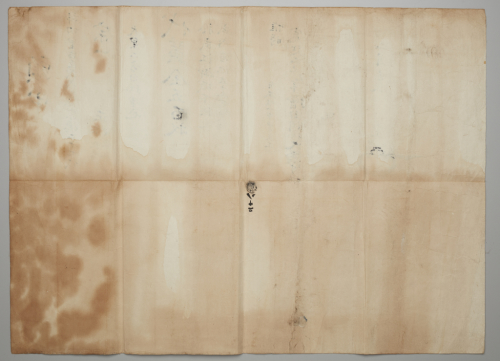
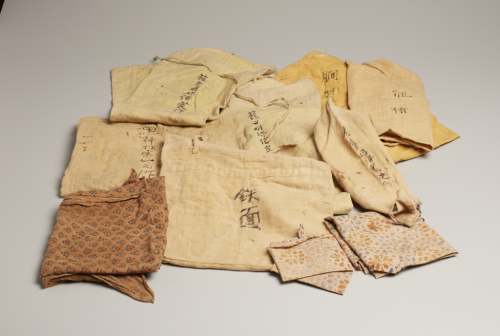
This work is not currently on view.
- Title
Nimaidō tōsei gusoku armor with Tokugawa crest
- Related Titles
display title: Nimaidō tōsei gusoku armor with Tokugawa crest
original language: 当世具足(二枚胴具足)
- Artist
- Date
completed by 1749
- Medium
iron, copper alloys, leather, lacquer, silk, wool, bast fiber, hemp, silver, gold, shakudō, and horn
- Dimensions (H x W x D)
various (see parts)
- Collection Area
Asian Art
- Category
Armor
- Object Type
armor
- Culture
Japanese
- Credit Line
Museum Purchase: Asian Art Fund
- Accession Number
2012.120.1a-w
- Copyright
public domain
- Terms
Dating to the 1740s, this remarkably intact suit of armor was made for a high-ranking samurai of the Tokugawa family, the warrior clan that ruled Japan from 1603 to 1868. When this suit of armor was fabricated, Japan had been at peace for a more than a century, and contemporary writers were lamenting a decline in the martial skills of the samurai. Nonetheless, this suit is as functional as it is handsome, reflecting its owner's pride in the samurai heritage that granted him elite status in eighteenth-century Japanese society.
A custom-made suit of armor such as this required the skills of many craftsmen: metalsmiths, leather tanners, lacquerers, and those who spun, dyed, and wove the silk. Most of these artists were unrecorded, but master metalsmiths were an important exception.
This suit of armor brings together the work of several generations of the Myōchin School, a hereditary lineage of smiths who dominated the high-end armor market in eastern Japan. Myōchin Munemasa, who made most of the suit in 1749, incorporated an older helmet, mask, sleeves, and shin guards, all of which he credited to earlier Myōchin masters.
Munemasa himself fabricated the cuirass, which is devised of curved tiers of iron, lacquered and riveted together to form the front and back, and hinged at the left side. He also designed the helmet visor, neck guard, shoulder guards, skirt, and thigh guards.









